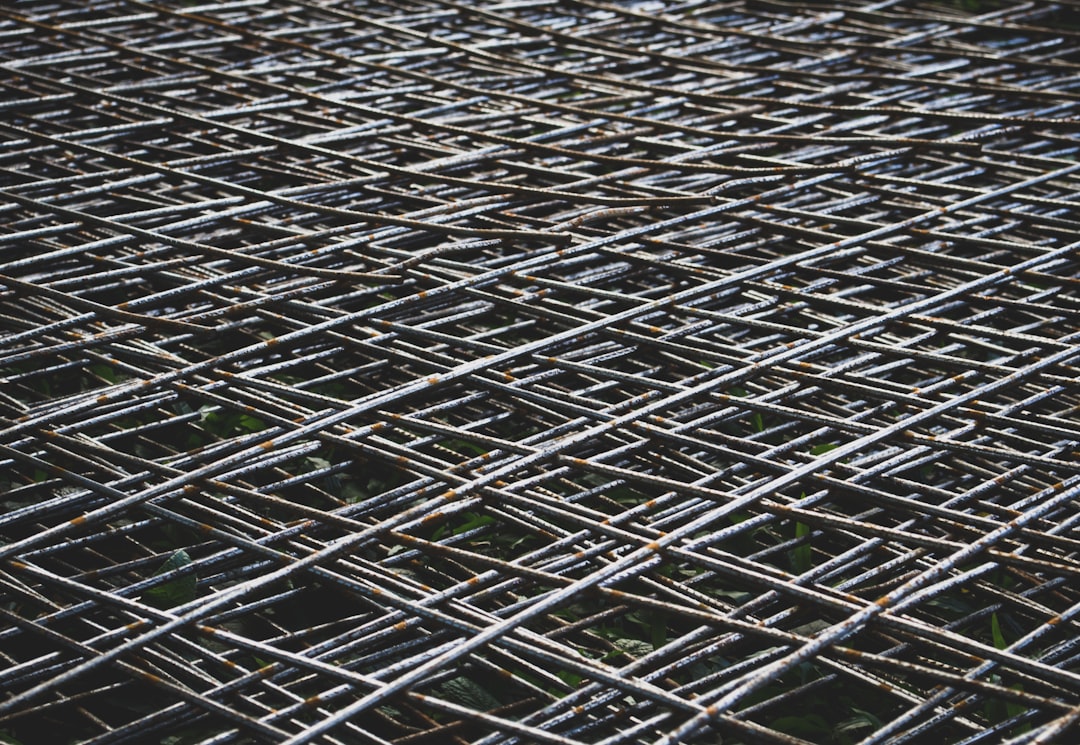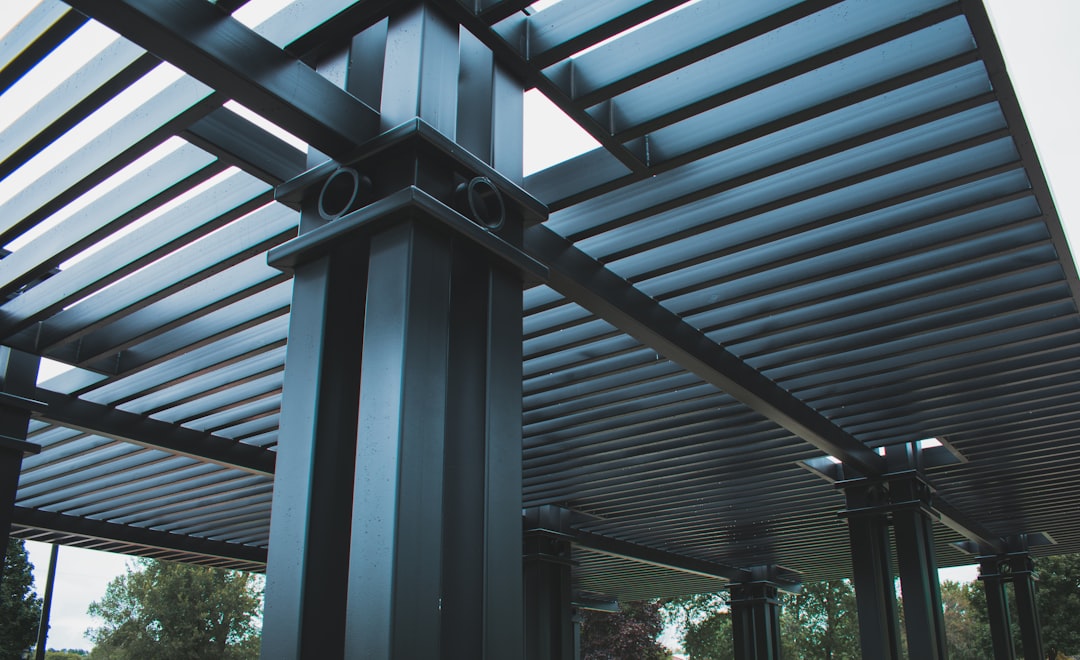What is it about?
This paper analyses the influence of different perforated solar screens (PSS) in annual daylight conditions expressed using climate-based daylight metrics. The PSS design require parametric studies that are often complex and time consuming due to a large number of simulations. Hence, a new methodology is proposed to optimize PSS design by applying Design of Experiments using Orthogonal Arrays (DOA). A case study from the DOA perspective has been conducted, which involves an office space in Seville, Spain. The goal is to assess the effect of the following PSS design variables in daylighting performance: perforation percentage, matrix, shape and orientation. DOA results reveal that optimized PSS can increase daylit area by 33% and reduce over lit area by 35%, compared with reference models with no PSS. DOA method reduces the number of simulations from the 256 required to 16, so it could save time during the initial stages of building design.
Featured Image
Read the Original
This page is a summary of: Optimization method for perforated solar screen design to improve daylighting using orthogonal arrays and climate-based daylight modelling, Journal of Building Performance Simulation, June 2016, Taylor & Francis,
DOI: 10.1080/19401493.2016.1197969.
You can read the full text:
Contributors
The following have contributed to this page










